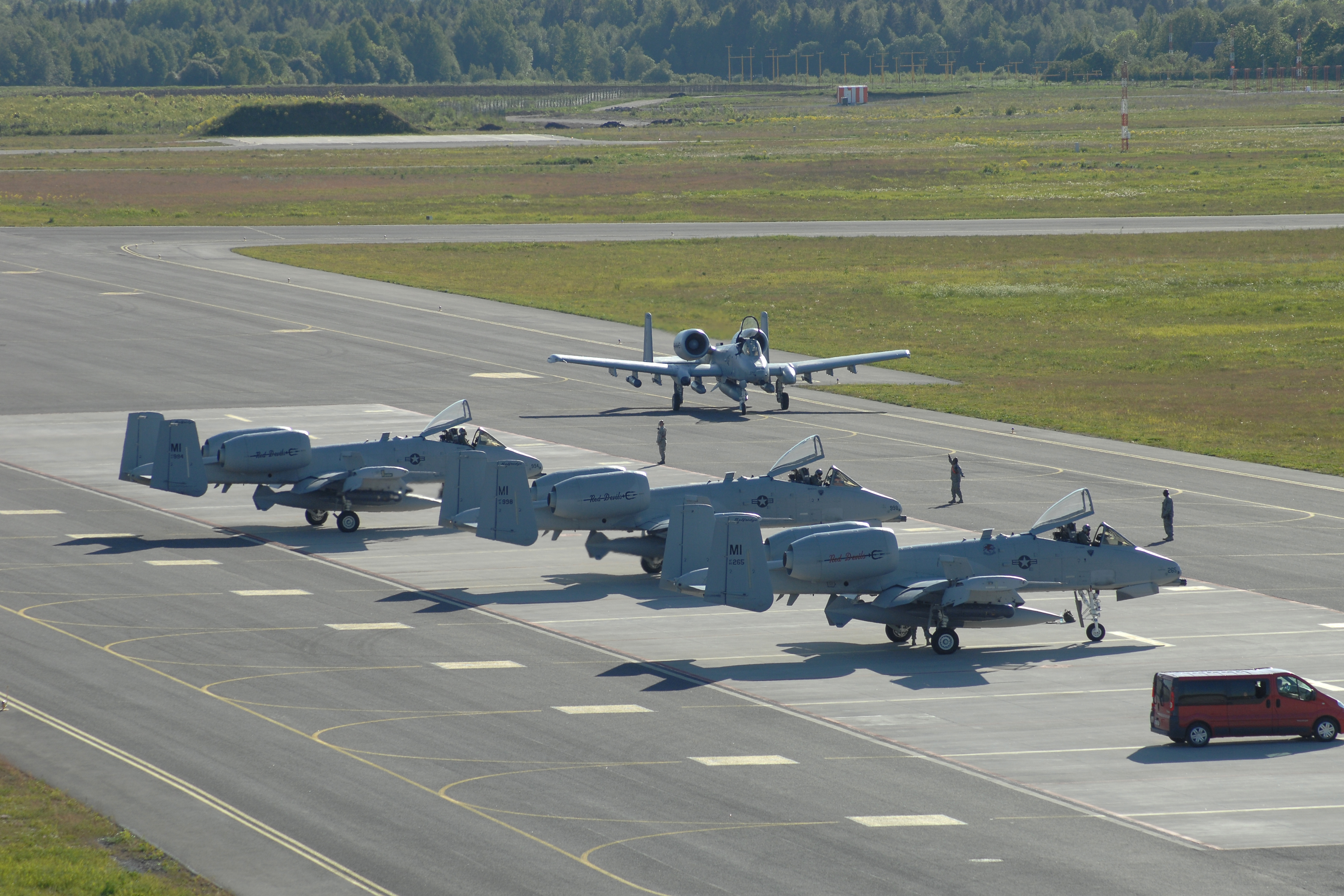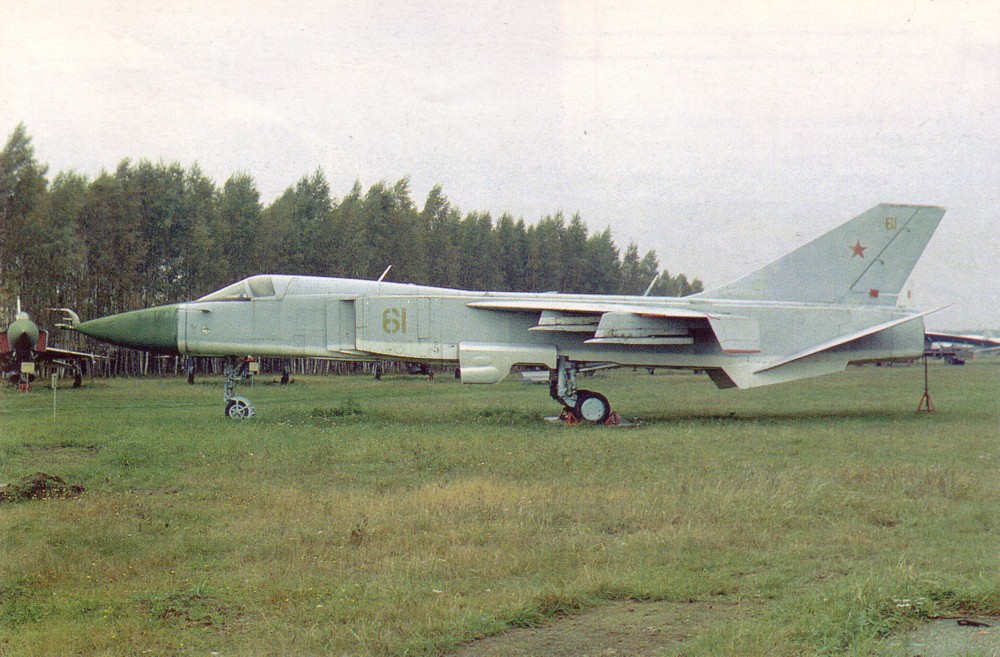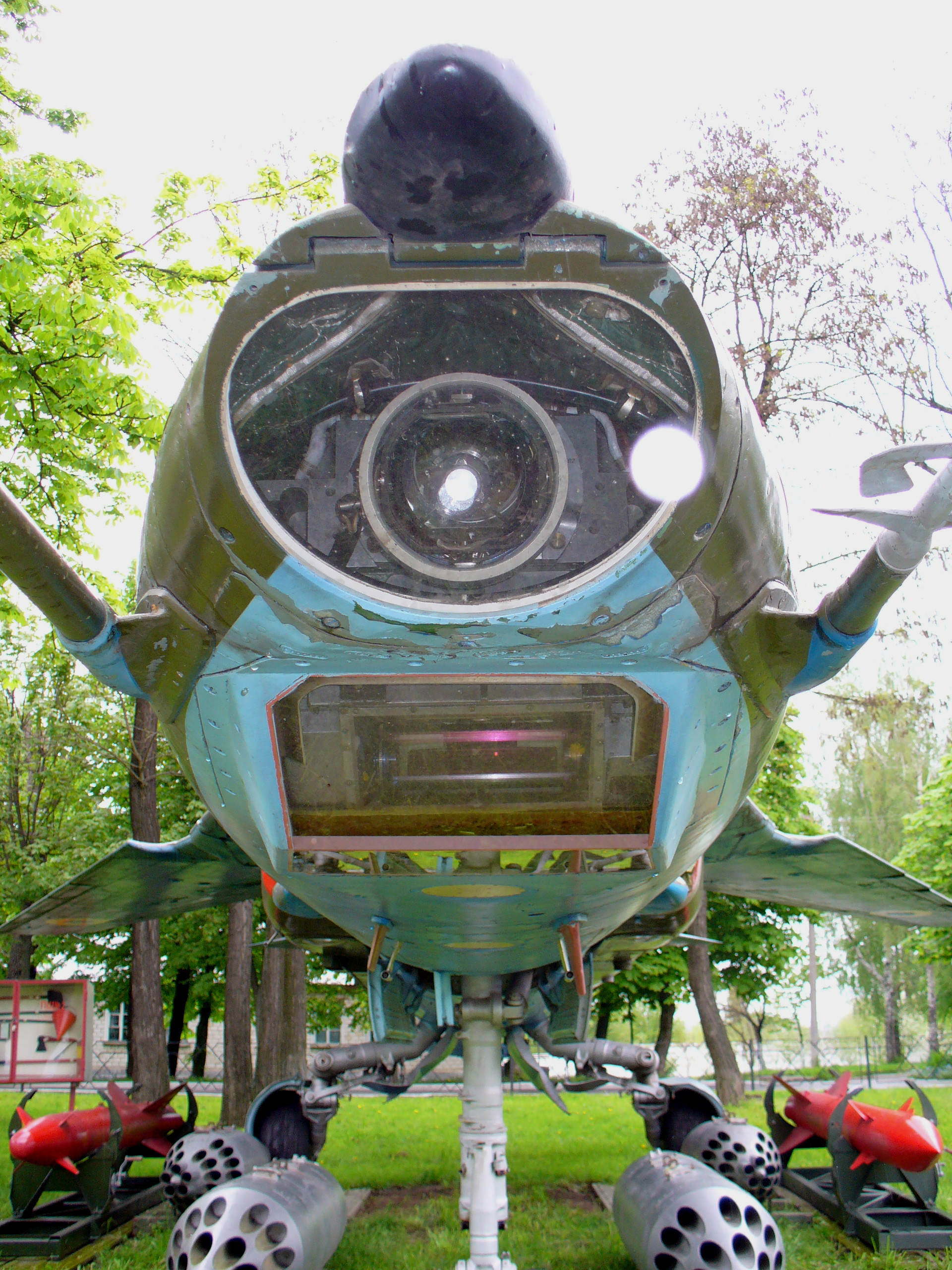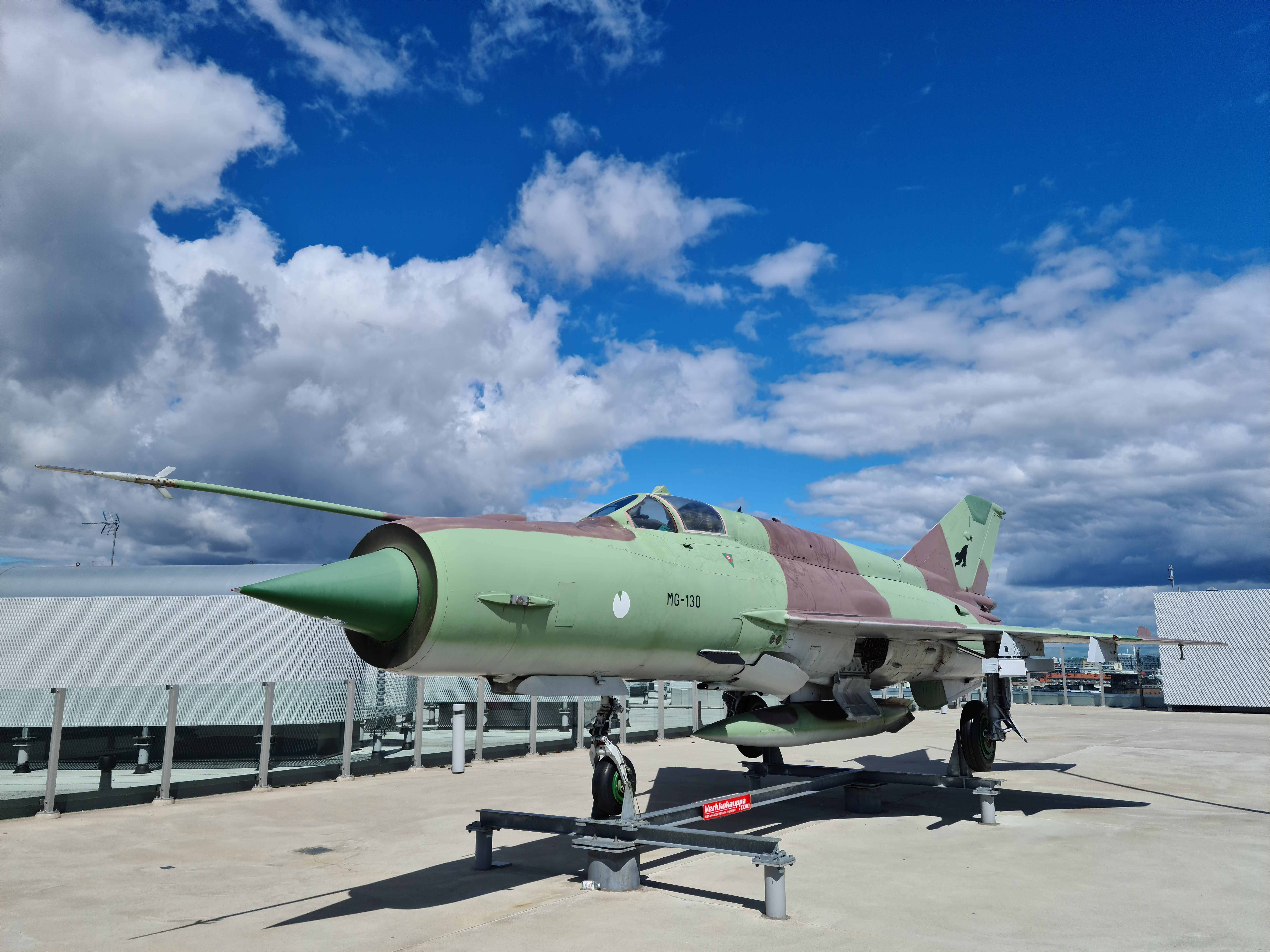|
Ă„mari Air Base
Ämari Air Base is a military airbase in Harjumaa, Estonia, located south of Lake Klooga and southwest of Tallinn. The base was opened in 1945. History Ämari Air Base was built between 1940–1952 under an agreement signed by the Estonian SSR and the Soviet Union. In 1945, the USSR Ministry of Defense established a naval reserve airfield of its Baltic Fleet there, where the amphibious seaplanes of the 69th Long-Range Reconnaissance Regiment Catalina PBY-5A and the escort fighters Yak-9P began to be based. It became the main base for the units located in Ämari in 1952. In November 1967, the 88th Aviation Regiment of Fighter-Bombers was formed at the airfield, remaining until August 1984, after which it was relocated to Kanatovo airfield, at Kirovograd, Ukraine. From 1967 to 1973 the regiment flew the MiG-17, from 1970 to 1980 - the MiG-21PFM, and since 1980 - the MiG-27D (K). In 1977, the 321st fighter-bomber aviation regiment was formed at the airfield. The regime ... [...More Info...] [...Related Items...] OR: [Wikipedia] [Google] [Baidu] |
Keila
Keila () is a town and an Municipalities of Estonia, urban municipality in Harju County in north-western Estonia, southwest of Tallinn. As of 2021, the town has a population of 10,499 inhabitants. Keila is also the location of administrative buildings of the surrounding Keila Parish, a rural municipality separate from the town itself. History The oldest traces of human settlement in Keila trace back 2000 to 3000 years BC. Around 1000 years ago the village of Keila was established along the Keila river. In 1219 the Danish conquered Northern-Estonia and chose Keila as the site on which the Vomentakæ parish, parochial Revala Keila church, county church was to be built. The first church was a small wooden structure dedicated primarily to St. Michael which was replaced with a stone church at the end of the 13th century. Subsequently, the first written mention of Keila (''Keikŋl'') comes from Danish evaluation book writings in 1241. In the 15th–16th century, a settlement compris ... [...More Info...] [...Related Items...] OR: [Wikipedia] [Google] [Baidu] |
Baltic Fleet
The Baltic Fleet () is the Naval fleet, fleet of the Russian Navy in the Baltic Sea. Established 18 May 1703, under Tsar Peter the Great as part of the Imperial Russian Navy, the Baltic Fleet is the oldest Russian fleet. In 1918, the fleet was inherited by the Russian Soviet Federative Socialist Republic, Russian SFSR which then founded the Soviet Union in 1922, where it was eventually known as the Twice Red Banner(ed) Baltic Fleet as part of the Soviet Navy, as during this period it gained the two awards of the Order of the Red Banner. Following the collapse of the Soviet Union in 1991, the Baltic Fleet was inherited by the Russian Federation and reverted to its original name as part of the Russian Navy. The Baltic Fleet is headquartered in Kaliningrad and its main base is in Baltiysk (Pillau), both in Kaliningrad Oblast, while another base is in Kronstadt, Saint Petersburg, in the Gulf of Finland. Imperial Russia The Imperial Russian Baltic Fleet was created during the Gre ... [...More Info...] [...Related Items...] OR: [Wikipedia] [Google] [Baidu] |
Russian Air Force
The Russian Air Force () is a branch of the Russian Aerospace Forces, the latter being formed on 1 August 2015 with the merging of the Russian Air Force and the Russian Aerospace Defence Forces. After the dissolution of the Soviet Union, the reborn Russian armed forces began to be created on 7 May 1992 following Boris Yeltsin's creation of the Ministry of Defence (Russia), Ministry of Defence. However, the Russian Federation's air force can trace its lineage and traditions back to the Imperial Russian Air Service (1912–1917) and the Soviet Air Forces (1918–1991). History The Russian Air Force, officially established on 12 August 1912, as part of the Imperial Russian Air Service, has a long and complex history. It began as one of the earliest military aviation units globally, although its early years saw slow development due to the constraints of World War I. After the Russian Revolution, Russian Revolution of 1917, the air service was reorganised under the Soviet regime, ev ... [...More Info...] [...Related Items...] OR: [Wikipedia] [Google] [Baidu] |
North Vietnam
North Vietnam, officially the Democratic Republic of Vietnam (DRV; ; VNDCCH), was a country in Southeast Asia from 1945 to 1976, with sovereignty fully recognized in 1954 Geneva Conference, 1954. A member of the communist Eastern Bloc, it opposed the French-supported State of Vietnam and later the Western-allied South Vietnam, Republic of Vietnam (South Vietnam). The DRV Fall of Saigon, invaded Saigon in 1975 and ceased to exist the following year when it Reunification Day, merged with Provisional Revolutionary Government of the Republic of South Vietnam, the south to become the current Vietnam, Socialist Republic of Vietnam. During the August Revolution following French Indochina in World War II, World War II, Vietnamese communist revolutionary Ho Chi Minh, Hồ Chà Minh, leader of the Viet Minh, Việt Minh Front, Proclamation of Independence of the Democratic Republic of Vietnam, declared independence on 2 September 1945 and proclaimed the creation of the Democratic Repu ... [...More Info...] [...Related Items...] OR: [Wikipedia] [Google] [Baidu] |
MiG-19
The Mikoyan-Gurevich MiG-19 (; NATO reporting name: Farmer) is a Soviet second generation, single-seat, twinjet fighter aircraft. It was the first Soviet production aircraft capable of supersonic speeds in level flight. A comparable U.S. " Century Series" fighter was the North American F-100 Super Sabre, although the MiG-19 primarily fought against the more modern McDonnell Douglas F-4 Phantom II and Republic F-105 Thunderchief over North Vietnam. This aircraft was originally used by the Soviet Union but it was later used by the People's Liberation Army Air Force of China. Design and development In 1950 the Mikoyan-Gurevich (MiG) design bureau (also known as OKB-155) began work on a new fighter aircraft, intended to have a greater range than the existing MiG-15 and MiG-17 aircraft, and capable of reaching supersonic speeds in level flight. MiG chose to use two of the new Mikulin AM-5 axial jet engines (a scaled-down version of the Mikulin AM-3 that powered the Tupolev Tu- ... [...More Info...] [...Related Items...] OR: [Wikipedia] [Google] [Baidu] |
MiG-15
The Mikoyan-Gurevich MiG-15 (; USAF/DoD designation: Type 14; NATO reporting name: Fagot) is a jet fighter aircraft developed by Mikoyan-Gurevich for the Soviet Union. The MiG-15 was one of the first successful jet fighters to incorporate swept wings to achieve high transonic speeds. In aerial combat during the Korean War, it outclassed straight-winged jet day fighters, which were largely relegated to ground-attack roles. In response to the MiG-15's appearance and in order to counter it, the United States Air Force rushed the North American F-86 Sabre to Korea.Thompson, Warren. ''Flight Journal'', December 2002. Retrieved: 30 June 2011. When refined into the more advanced MiG-17, the basic design would again surprise the West when it proved effective against supersonic fighters such as the Republic F-105 Thunderchief and McDonnell Douglas F-4 Phantom II in the Vietnam War of the 1960s. The MiG-15 is believed to have been one of the most produced jet aircraft with more th ... [...More Info...] [...Related Items...] OR: [Wikipedia] [Google] [Baidu] |
Vietnam War
The Vietnam War (1 November 1955 – 30 April 1975) was an armed conflict in Vietnam, Laos, and Cambodia fought between North Vietnam (Democratic Republic of Vietnam) and South Vietnam (Republic of Vietnam) and their allies. North Vietnam was supported by the Soviet Union and China, while South Vietnam was supported by the United States and other anti-communist nations. The conflict was the second of the Indochina wars and a proxy war of the Cold War between the Soviet Union and US. The Vietnam War was one of the postcolonial wars of national liberation, a theater in the Cold War, and a civil war, with civil warfare a defining feature from the outset. Direct United States in the Vietnam War, US military involvement escalated from 1965 until its withdrawal in 1973. The fighting spilled into the Laotian Civil War, Laotian and Cambodian Civil Wars, which ended with all three countries becoming Communism, communist in 1975. After the defeat of the French Union in the First Indoc ... [...More Info...] [...Related Items...] OR: [Wikipedia] [Google] [Baidu] |
Sukhoi Su-24
The Sukhoi Su-24 (NATO reporting name: Fencer) is a supersonic, night fighter, all-weather tactical bomber developed in the Soviet Union. The aircraft has a variable-sweep wing, Twinjet, twin engines and a side-by-side seating arrangement for its crew of two. It was the first of the USSR's aircraft to carry an integrated digital Nav/attack system, navigation/attack system. The Su-24 started development in the early 1960s and first flew in 1967. It entered service in 1974 and production ceased in 1993. It remains in service with the Russian Aerospace Forces, Syrian Air Force, Ukrainian Air Force, Algerian Air Force and various other air forces to which it was exported. Development Background One of the conditions for accepting the Sukhoi Su-7, Sukhoi Su-7B into service in 1961 was the requirement for Sukhoi to develop an all-weather variant capable of precision air strikes. Preliminary investigations with ''S-28'' and ''S-32'' aircraft revealed that the basic Su-7 design was to ... [...More Info...] [...Related Items...] OR: [Wikipedia] [Google] [Baidu] |
Sukhoi Su-7
The Sukhoi Su-7 ( NATO designation name: Fitter-A) is a swept wing, supersonic fighter aircraft developed by the Soviet Union in 1955. Originally, it was designed as a tactical, low-level dogfighter, but was not successful in this role. On the other hand, the soon-introduced Su-7B series became the main Soviet fighter-bomber and ground-attack aircraft of the 1960s. The Su-7 was rugged in its simplicity, but its Lyulka AL-7 engine had such high fuel consumption that it seriously limited the aircraft's payload, as even short-range missions required that at least two hardpoints be used to carry drop tanks rather than ordnance. Design and development After Joseph Stalin's death, the Sukhoi OKB was reopened"Sukhoi Su-7." ''Sukhoi Company Museum.'' Retrieved: 28 January 2011 and by the summer, it began work on a swept-wing front-li ... [...More Info...] [...Related Items...] OR: [Wikipedia] [Google] [Baidu] |
MiG-27
The Mikoyan MiG-27 (; NATO reporting name: Flogger-D/J) is a variable-sweep ground-attack aircraft, originally built by the Mikoyan-Gurevich design bureau in the Soviet Union and later licence-produced in India by Hindustan Aeronautics as the ''Bahadur'' ("Valiant"). It is based on the Mikoyan-Gurevich MiG-23 fighter aircraft, but optimised for air-to-ground attack. Unlike the MiG-23, the MiG-27 did not have widespread use outside Russia, as most countries opted for the Mikoyan-Gurevich MiG-23BN and Sukhoi Su-22 instead. As of late 2023, all Russian, Indian, Sri Lankan, Ukrainian, and Kazakh MiG-27s have been retired, bringing the type's service to an end. Design and development The MiG-27 shares the basic airframe of the MiG-23, but with a revised nose – nicknamed "''Utkonos''" ("Platypus") or "'' Krokodil Gena''" in Russian service, first introduced on the MiG-23B. Dissatisfaction with the MiG-23BN led to the further development of the basic airframe to accommodate ... [...More Info...] [...Related Items...] OR: [Wikipedia] [Google] [Baidu] |
MiG-21
The Mikoyan-Gurevich MiG-21 (; NATO reporting name: Fishbed) is a supersonic jet aircraft, jet fighter aircraft, fighter and interceptor aircraft, designed by the Mikoyan, Mikoyan-Gurevich OKB, Design Bureau in the Soviet Union. Its nicknames include: "''Balalaika''", because its planform (aeronautics), planform resembles the balalaika, stringed musical instrument of the same name; "''Ołówek''", Polish language, Polish for "pencil", due to the shape of its fuselage, and "''Én Bạc''", meaning "silver swallow", in Vietnamese language, Vietnamese. Approximately 60 countries across four continents have flown the MiG-21, and it still serves many nations seven decades after its maiden flight. It set aviation records, becoming List of most-produced aircraft, the most-produced supersonic jet aircraft in aviation history, the most-produced combat aircraft since the Korean War and, previously, the longest production run of any combat aircraft. Development Origins The MiG-21 jet figh ... [...More Info...] [...Related Items...] OR: [Wikipedia] [Google] [Baidu] |
MiG-17
The Mikoyan-Gurevich MiG-17 (; NATO reporting name: Fresco) is a high-subsonic fighter aircraft produced in the Soviet Union from 1952 and was operated by air forces internationally. The MiG-17 was license-built in China as the Shenyang J-5 and Poland as the PZL-Mielec Lim-6. The MiG-17 is still being used by the North Korean air force in the present day and has seen combat in the Middle East and Asia. The MiG-17 was an advanced modification of the MiG-15 aircraft produced by the Soviet Union during the Korean War. Production of the MiG-17 was too late for use in that conflict and was first used in the Second Taiwan Strait Crisis in 1958. While the MiG-17 was designed to shoot down slower American bombers, it showed surprising success when used by North Vietnamese pilots to combat American fighters and fighter-bombers during the Vietnam War, nearly a decade after its initial design. This was due to the MiG-17 being more agile and maneuverable than the American F-4 Phantom an ... [...More Info...] [...Related Items...] OR: [Wikipedia] [Google] [Baidu] |








